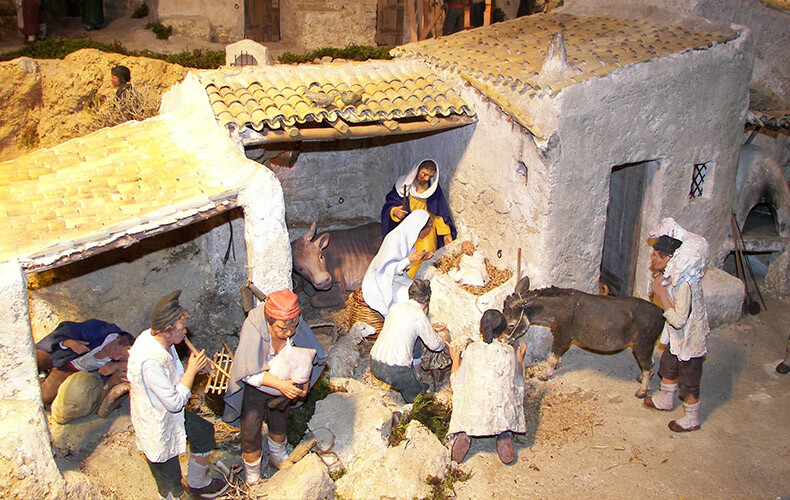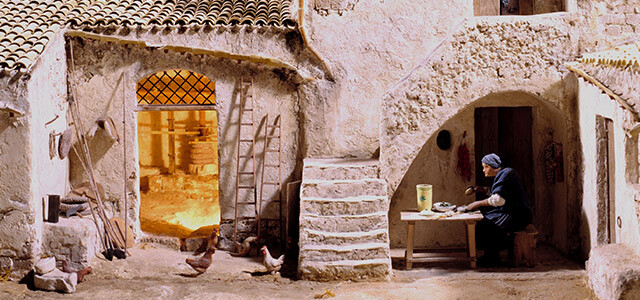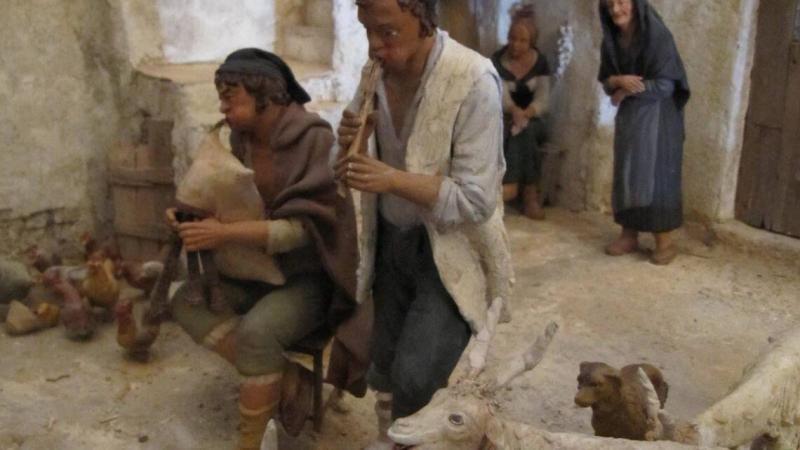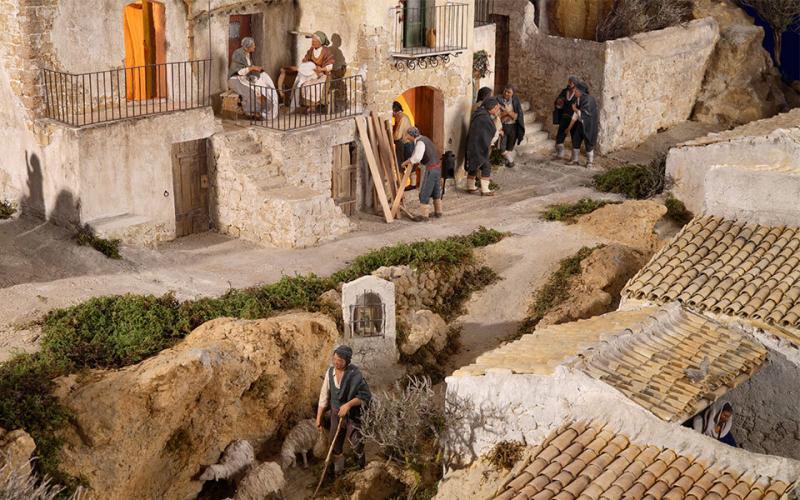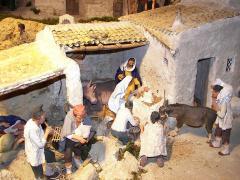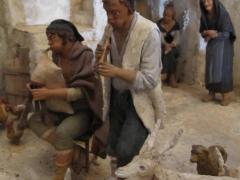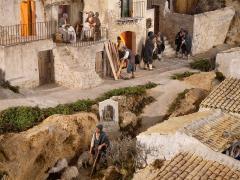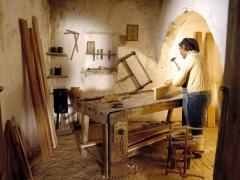Ethnoplastic Art by Roberto Vanadia
Property included in the Register of Intangible Heritage of Sicily (REIS)
External Link: Roberto Vanadia official site
----------------
Technical sheet prepared by: Region of Sicily - Department of cultural heritage and Sicilian identity - CRicd: Regional center for inventory, cataloging and documentation and Sicilian regional film library
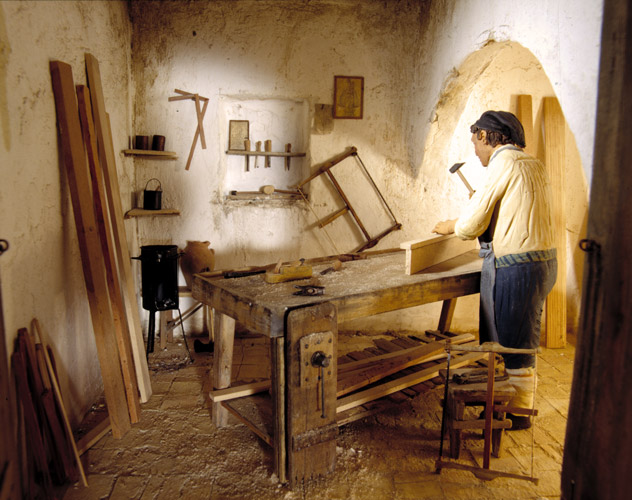
Card insertion on Heritage: Ignazio Caloggero
Information contributions: Web, Region of Sicily
Note: The population of the cards of the Heritage database proceeds in incremental phases: cataloging, georeferencing, insertion of information and images. The cultural property in question has been cataloged, and the first information has been entered. In order to enrich the information content, further contributions are welcome, if you wish you can contribute through our area "Your Contributions"


